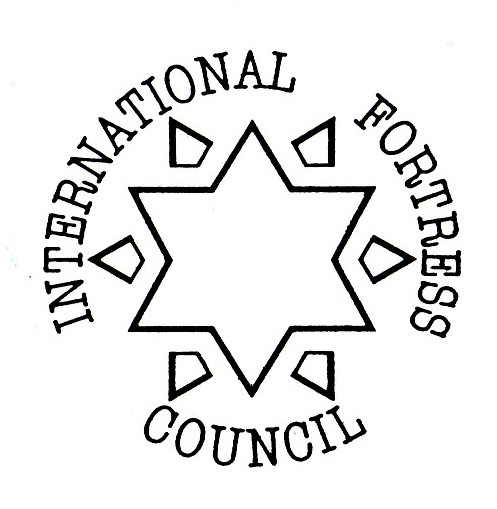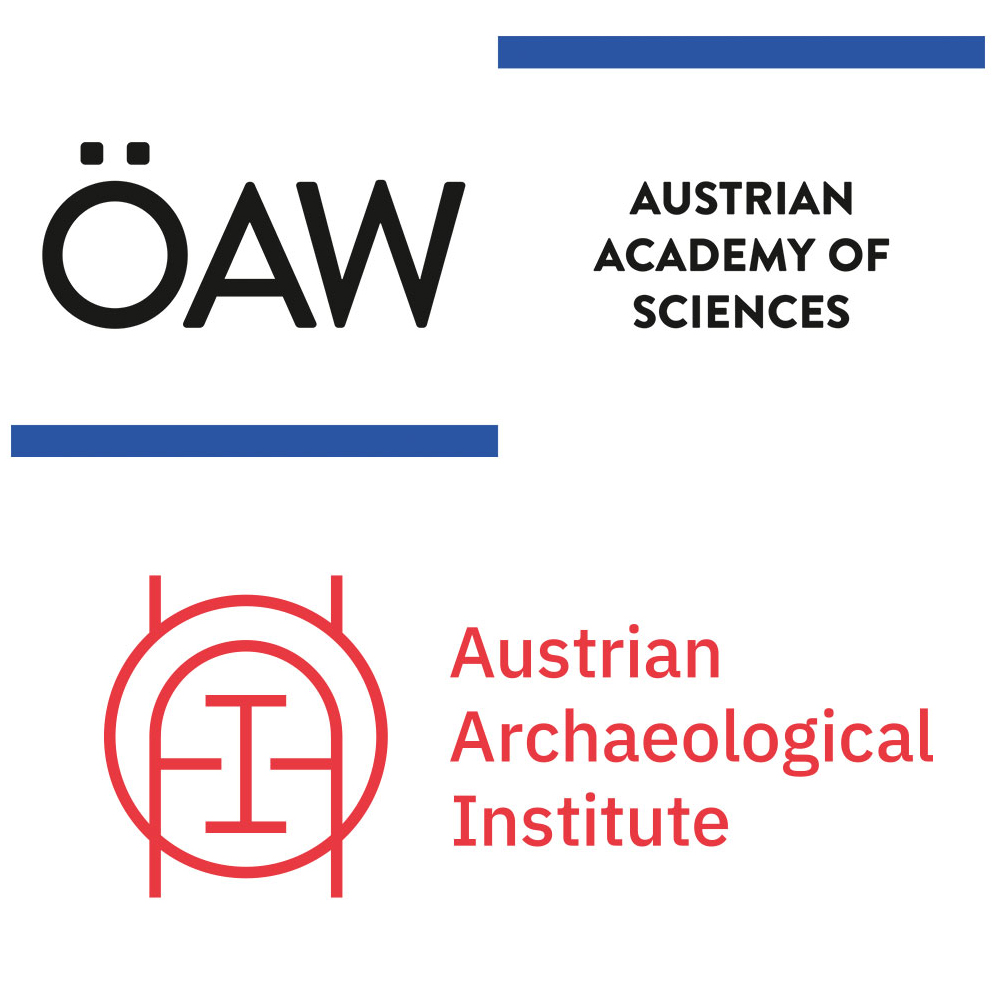Located in the southern part of the fortress ring around Przemysl, on a hill dominating the river Wiar valley, in which the railwayline and road towards Hungary ran, the first fortification was built during the Crimean war as an earthwork (1854/1855). In 1878 it was completely rebuilt into a large temporary fort. Since the southern direction was very important, especially because of the communication lines and the relative weaknes of the existing fortifications, the construction of a new large fort began in 1897. It was finished in 1900.
For fighting at larger distances 6 old 15 cm M. 61 cannons were used on the front ramparts in open stands. For close combat each sholder position had an armored battery. Both batteries were connected with Traditoren flanking the fortress ring in both directions. Because of 8-12 cm MSK M. 96 cannons fort IV Optyń was the fort with the strongest flanking fire capacity in all of Galizia.
In 1914-1915 fort Optyń was the main strongholf of sector IV in the VIIth defence district and commanded by lieutenant colonel Gschliesser. During the first siege about 2000 artillery shell hits were noticed. E.g. only in the period 6, 7, 8 Oktober 230 shells hit the fort. Though there wer no major dameges but the collapse of a part of the infantry defilade on the ramparts.
On 1. November 1914 fort IV Optyń was visited by the heir to the throne Erzherzog Karl Franz Josef.
Before the capitulation of the fortress Przemysl to the Russian Armies, on 22. March 1915 the fort was blown up. Major Ferdinand Reder Ritter von Schellmann, commander of Fortess Artillery Battalion II/6 and in charge of artillery in the defence district describes this destruction in his diary:
“On March 22nd at 6 o’clock in the morning began the blasting of the forts and ammunition depots. From that time the ground shook continously. The thunder of the explosions was often accompanied by the clatter of exploding rifle cartridges, which sounded like machine-gun fire.
I observed the explosion of fort Optyn at 2000 m distance. It was a ghastly and yet huge sight. In the width of the whole fort, columns of fire rose up to 100 meters under violent detonation against the sky. Black clouds of smoke immediately followed and finally formed a 150 meter high column of debris, which lasted a few seconds, and then slowly fell back to the ground.
The destruction of this fort cost the Russians the last bloody sacrifices in front of the fortress. At the moment of the explosion, a storming Russian detachment reached the fort and found a hero’s death there. Fifty bodies were scattered on the rubble.”
Deutsche Zusammenfassung:
Am Standort des heute bekannten Gürtelhauptwerks Optyn in Przemysl entstand erstmals zur Zeit des Krimkrieges 1854/55 ein Erdwerk, welches 1878 in ein provisorisches Werk umgebaut wurde. Auf Grund der wichtigen Lage und dürftigen fortifikatorischen Ausgestaltung der Südseite des Festungsgürtels Przemysls wurde 1897-1900 das heute sichtbare Gürtelhauptwerk neu errichtet.
Als Fernkampfartillerie besaß das Werk 6 freistehende 15cm M61 Kanonen während für den Nahkampf in den Schulterpunkten jeweils Panzerbatterien errichtet waren. An diese waren jeweils eine Traditorenbatterie angeschlossen, welche den Raum zu den Nachbarwerken flankierte.
Während der ersten Belagerung Przemysels wurde das Werk mit ca. 2000 Schuss belegt, welche aber keine gravierenden Schäden hervorriefen.
Kurz vor beginn der zweiten Belagerung besuchte der Thronfolger Erzherzog Karl Franz Josef am 1.11.1914 das Werk Optyn.
Als am Ende der zweiten Belagerung das Werk vor der Übergabe an die russische Armee gesprengt wurde, fand dies Eingang in das Tagebuch von Ferinand Reder Ritter von Schellmann, dem Artilleriekommandanten des VII Verteidigungsbezirkes:
“Am 22. März um 6 Uhr früh begann die Sprengung der Werke und Munitionsdepots. Von dieser Zeit an erzitterte der Boden unterbrochen. Der Donner der Explosionen war häufig begleitet von dem Geknatter der explodierenden Gewehrpatronen, welches wie ein Maschinengewehrfeuer klang.
Die Explosion des Panzerwerkes Optin beobachtete ich auf 2000 m Entfernung. Es war ein schauerlicher und doch gewaltiger Anblick. In der Breite des ganzen Werkes stiegen Feuersäulen bis auf 100 Meter unter heftiger Detonation gegen den Himmel. Schwarze Rauchwolken folgten unmittelbar und schließlich bildete sich eine 150 Meter hohe Schuttsäule, welche sich einige Sekunden erhielt, um dann langsam wieder zur Erde zu fallen.
Die Zerstörung dieses Werkes kostete den Russen die letzten blutigen Opfer vor der Festung. Im Augenblick der Explosion erreichte eine stürmende russiche Abteilung das Werk und fand daselbst den Heldentod. 50 verstürmelte Leichen lagen auf den Trümmern verstreut.”
- Aerial drawing of fort Optyn in its current status / Übersichtszeichnung über Werk Optyn in seinem gegenwärtigen Zustand
- Aerial view of fort IV Optyń/ Luftansicht Werk Optyn B – Barracks/ Kasemattkorps KK – Gorge caponier/ Kehlkoffer K – shoulder caponier/ Schulterkoffer R – open rampart gun position/ offene Geschützstellung am Wall Bt – armoured battery/ Panzerbatterie T – traditore battery/ Traditor Batterie
- 1.11.1914 in front of one of the armoured batteries / vor einer der Panzerbatterien (1) Thronfolger Erzherzog Karl Franz Josef (2) Comander of the fortress/ Festungskommandant GdI Hermann Kusmanek
- Left shoulder caponier/ Linker Schulterkoffer: K – rear wall of the machine gun kasemate/ Rückwand der MG Kasematte G – rear wall of the rifle gallery/ Rückwand der Gewehrgallerie
- Shelter for artillery crew/ Unterstand für Geschützbedienung B – Parapet of gun emplacement/ Brustwehr des Geschützstandes E – Entrance to the shelter/ Eingang
- Right exit from the barracks/ Rechter Ausgang aus dem Kasemattblock A – Exit/ Ausgang R – Rear rampart with infantry position/ Hinterer Wall mit Infanterie Stellung
- Remains of the casemates: KK – foundation walls of the gorge caponiere/ Grundmauern des Kehlkoffers
- Main entrance into the barracks/ Haupteingang des Kassemattcorps: M – ammunition magazines/ Munitionmagazine GL – gun hoist/ Geschützaufzug ML – ammunition hoist/ Munitionsaufzug S – main staircase/ Hauptstiege
- Left wing of the barracks/ Linker Flügel Kasemattkorps: T – toilet/ Abort S – dry well/ Senkgrube N – side entrance/ Seiteneingang
- observation cupola B. 38 from right armoured battery/ Beobachtungstand B. 38 von der rechten Panzerbatterie: K – cupola/ Kuppel VP – fore armour/ Vorpanzer U – base/ Untersatz
- Transfer pylon of the fortress telephone line (object where the surface line linkes into an underground cable)/ Überführungsobjekt des Festungtelephonnetz (Umspannpunkt der oberirdischen Telefonleitung in das Erdkabel : L – line/ Leitung K – cable/ Kable














